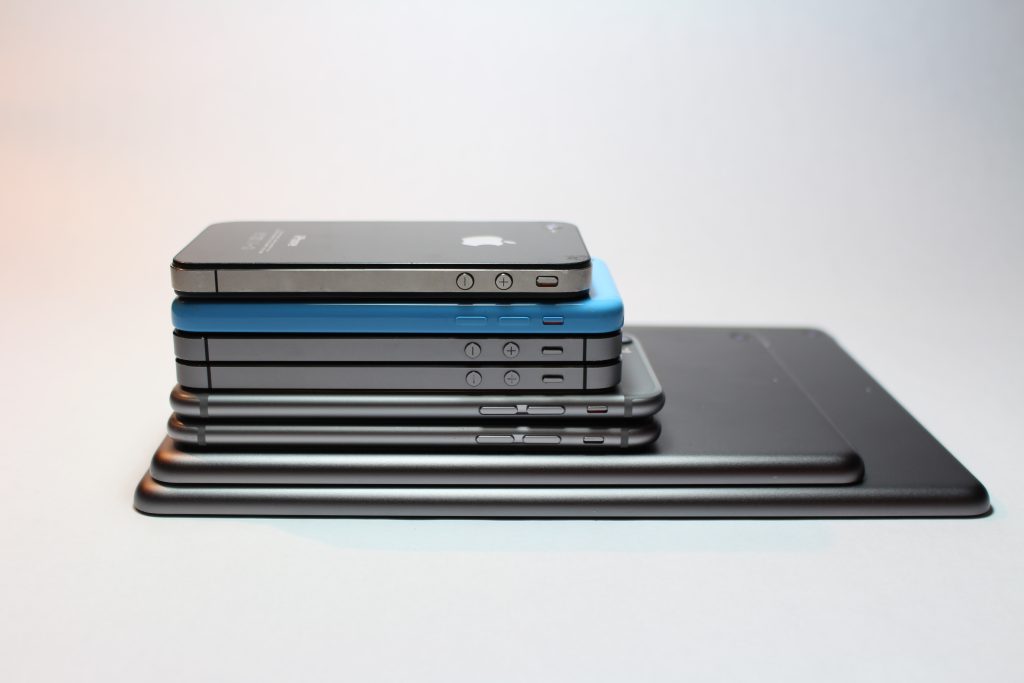Heading 1: The Birth of a Revolutionary Device (2007)
In January 2007, Apple’s co-founder Steve Jobs unveiled a device that would change the course of technology history – the iPhone. Combining an iPod, a phone, and an internet communicator, the iPhone introduced a new era of smartphones. Its sleek design, touch interface, and groundbreaking features captured the world’s attention.
**Heading 2: Pioneering Touchscreen Technology and App Ecosystem (2008-2010)**
The iPhone’s second-generation model, the iPhone 3G, launched in 2008 with faster performance and the introduction of the App Store. This marked the birth of the app ecosystem, allowing developers to create a wide range of applications that expanded the device’s capabilities. The following year, the iPhone 3GS brought improved hardware and video recording, solidifying the iPhone’s position as a multimedia powerhouse.
**Heading 3: Retina Display and Design Evolution (2010-2012)**
In 2010, the iPhone 4 showcased the Retina display, boasting an impressive pixel density and crystal-clear visuals. Its glass and stainless-steel design set a new standard for elegance and durability. However, this model also faced the infamous “Antennagate” issue, which led to Apple distributing free cases to mitigate signal loss.
**Heading 4: Siri and the Era of Voice Assistance (2011-2013)**
With the iPhone 4S, Apple introduced Siri, a voice-activated virtual assistant. This marked a significant step toward integrating artificial intelligence into daily life, allowing users to perform tasks and get information by simply speaking to their device. The 4S also featured improved cameras and processing power.
**Heading 5: Larger Screens and the Birth of Plus Models (2014-2015)**
In response to the growing demand for larger displays, Apple launched the iPhone 6 and 6 Plus in 2014. These models featured bigger screens, a thinner design, and improved cameras. The “Plus” model also introduced optical image stabilization. This move not only satisfied consumer preferences for larger phones but also opened doors for enhanced multitasking and media consumption.
**Heading 6: Removing the Headphone Jack and Embracing Wireless (2016-2017)**
Controversially, Apple removed the headphone jack with the iPhone 7 in 2016, promoting the use of wireless audio and introducing AirPods. The device also featured water resistance, a faster processor, and an improved camera system. This shift marked a transition toward a more wireless and streamlined future.
**Heading 7: iPhone X and the All-Screen Design (2017)**
The iPhone X celebrated the 10th anniversary of the iPhone line with a radical design overhaul. It featured an edge-to-edge OLED display, Face ID facial recognition, and the removal of the home button in favor of intuitive gestures. This model laid the groundwork for Apple’s future design direction.
**Heading 8: Pushing Performance and Photography (2018-Present)**
Subsequent models, including the iPhone XS, 11, 12, and beyond, focused on refining performance, camera capabilities, and software features. These iterations brought advancements in computational photography, augmented reality, and processing power, solidifying the iPhone’s position as a technological powerhouse.
**Heading 9: Embracing 5G and Continued Ecosystem Growth (2020-Present)**
The introduction of 5G technology in the iPhone 12 lineup marked a significant leap in connectivity speeds. Apple continued to expand its ecosystem with services like Apple Music, Apple TV+, and Apple Fitness+, tightly integrating them with the iPhone experience.
**Heading 10: The Ongoing Legacy and Future Innovations**
As of my last knowledge update in September 2021, Apple continues to innovate with each new iPhone iteration, focusing on refining features, enhancing performance, and pushing the boundaries of technology. The iPhone’s legacy of shaping the smartphone industry and modern communication is expected to endure, with further groundbreaking innovations on the horizon.

